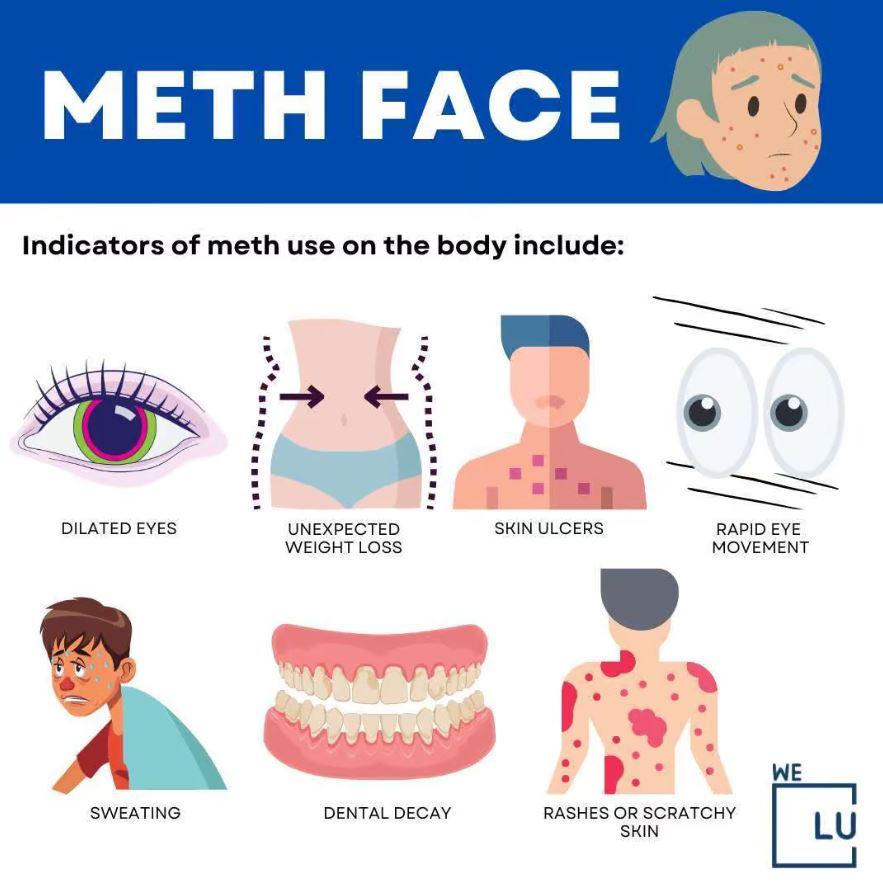Methamphetamine, also known as meth, is an powerful and addictive stimulant that can cause havoc to both the body and mind of those who take it. While the detrimental effects of methamphetamine on the body and the brain have been well-documented and documented, the effects to the skin often neglected. Meth sores, also referred to as methamphetamine-induced skin lesions, serve as a visible reminder of the destructive consequences of meth abuse. These infected and painful sores tend to appear on body parts that are exposed, such as the face, arms, and legs. They serve as physical markers of the toll taken by this devastating drug.
Understanding Methamphetamine-induced Skin Lesions:
Meth sores occur as a direct consequence of the changes in the body's chemistry caused by methamphetamine usage. The drug triggers a cascade of harmful effects on your body, such as decreased circulation of blood, a slowing of wound healing, and increased vulnerability to infections. These effects, when combined with the behavioral signs of methamphetamine use, like compulsive picking and scratching, result in the formation of painful and open sores.
Appearance and location:
Lesions of the skin caused by Meth differ in appearance and extent. They often start as small Itchy, red, and bumps, which then grow into more extensive open sores. These lesions may be observed all over the body, but are typically seen on the face, arms, and legs. This increased visibility increases the social and psychological effects, since meth sores are difficult to conceal and may be a source of stigma for individuals struggling with addiction.
Complications and Health Risks:
The open nature of meth-related sores exposes people to a greater chance of contracting an infection. Bacterial infections like cellulitis, are often the result of the introduction of pathogens to the wounds that are open. In addition, the repetitive scratching and rubbing that can be associated with methamphetamine abuse further increases the risk of secondary infections. They can also cause more extensive tissue destruction. In extreme cases, these infections could spread to the entire body, posing life-threatening consequences.
Psychosocial Impact:
Beyond the physical consequences, the psychosocial impact of meth sores cannot be undervalued. The visible and depressing nature of meth sores often causes severe social isolation, low self-esteem, as well as a lower level of living for those affected. The presence of meth-related sores may trigger negative reactions from other people, perpetuating social stigma and preventing the person from reintegrating into the community.
Prevention and Treatment:
The treatment of meth sores requires an array of approaches that address both the addiction as well as the resultant skin lesions. Comprehensive addiction treatment programs, such as behavioral therapy, counseling, and medical interventions, are crucial to combating methamphetamine abuse. Furthermore, treatments for the skin like wound care, antibiotics to treat infection, and scar management can help improve the skin's appearance and aid in healing.
Prevention efforts are equally vital. Public awareness campaigns that stress the physical consequences of methamphetamine usage can dissuade potential users and motivate those suffering from addiction to seek out help. Accessible addiction treatment options and support networks are essential to stopping the development of meth-related sores by addressing the root of the problem.
Conclusion
Methamphetamine-induced skin lesions, commonly known as meth sores, serve as a stark reminder of the detrimental impact of methamphetamine abuse on the skin. These painful and visible lesions on the face, arms and legs highlight the toll taken by this destructive drug. Beyond the physical harm and psychological effects, meth sores are exacerbated by the difficulties faced by those affected. By raising awareness, encouraging prevention, and providing adequate treatment, society will strive to reduce the frequency of meth-related sores and helping individuals on the path to recovery.
Also check: Pass a methamphetamine drug test

